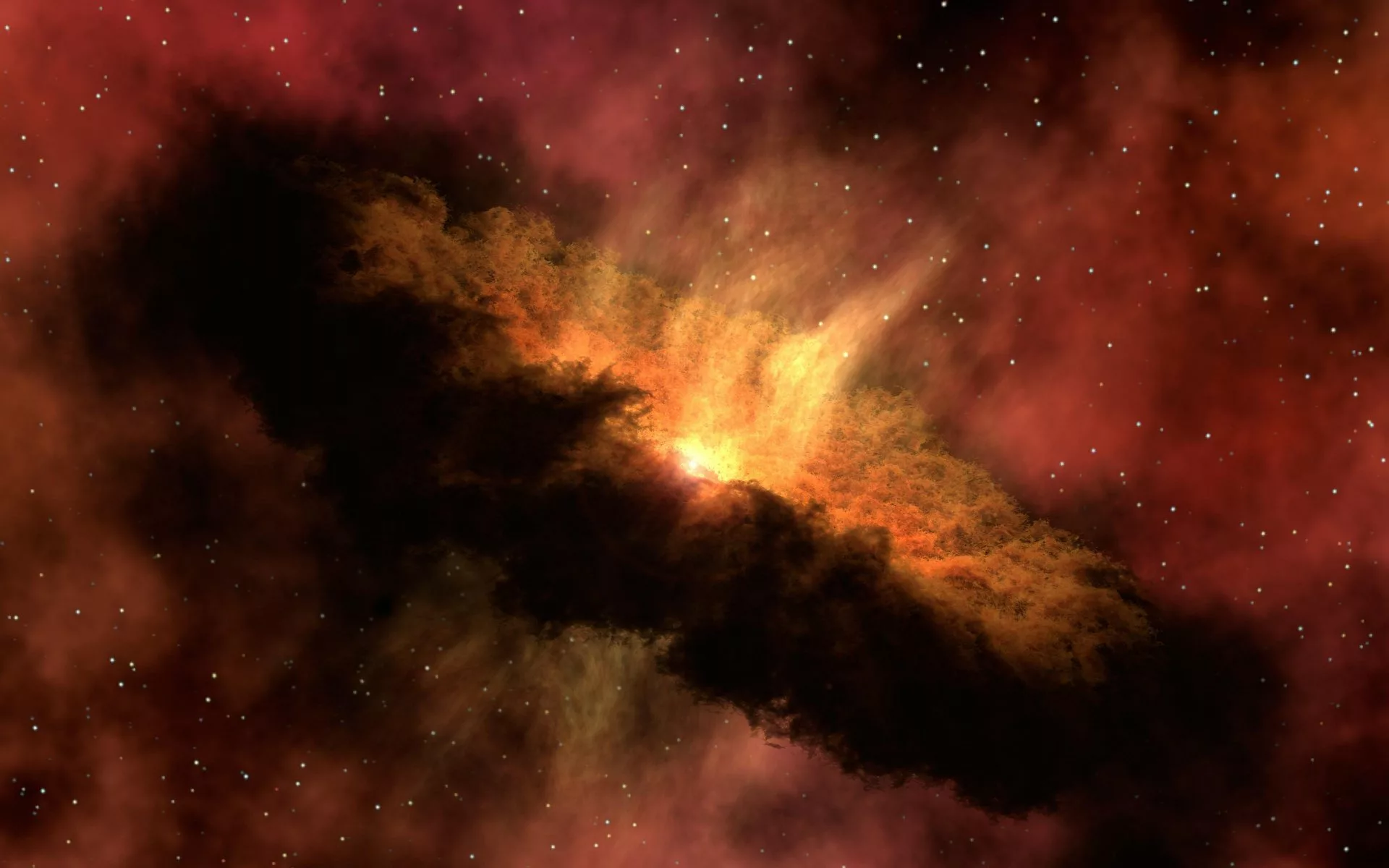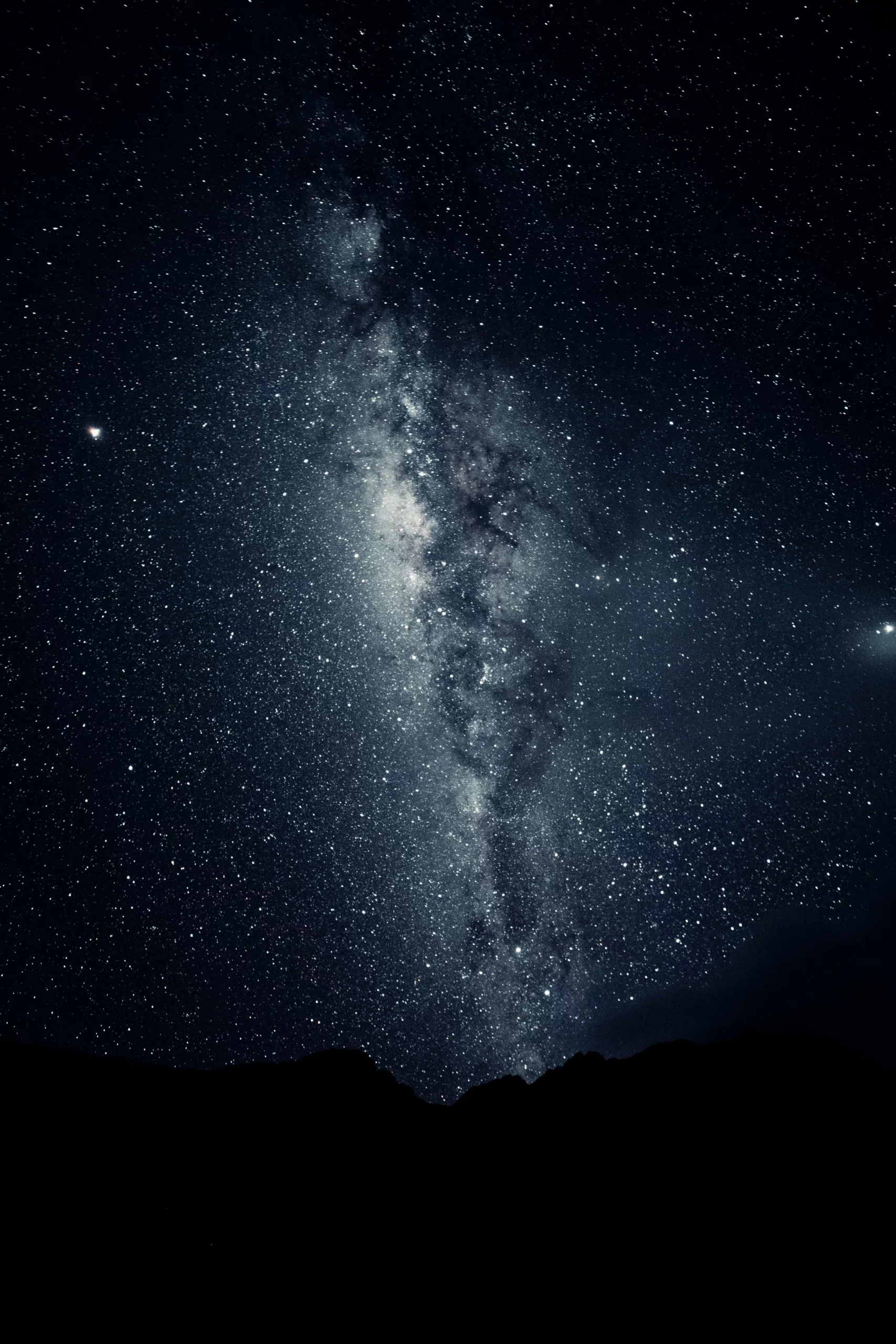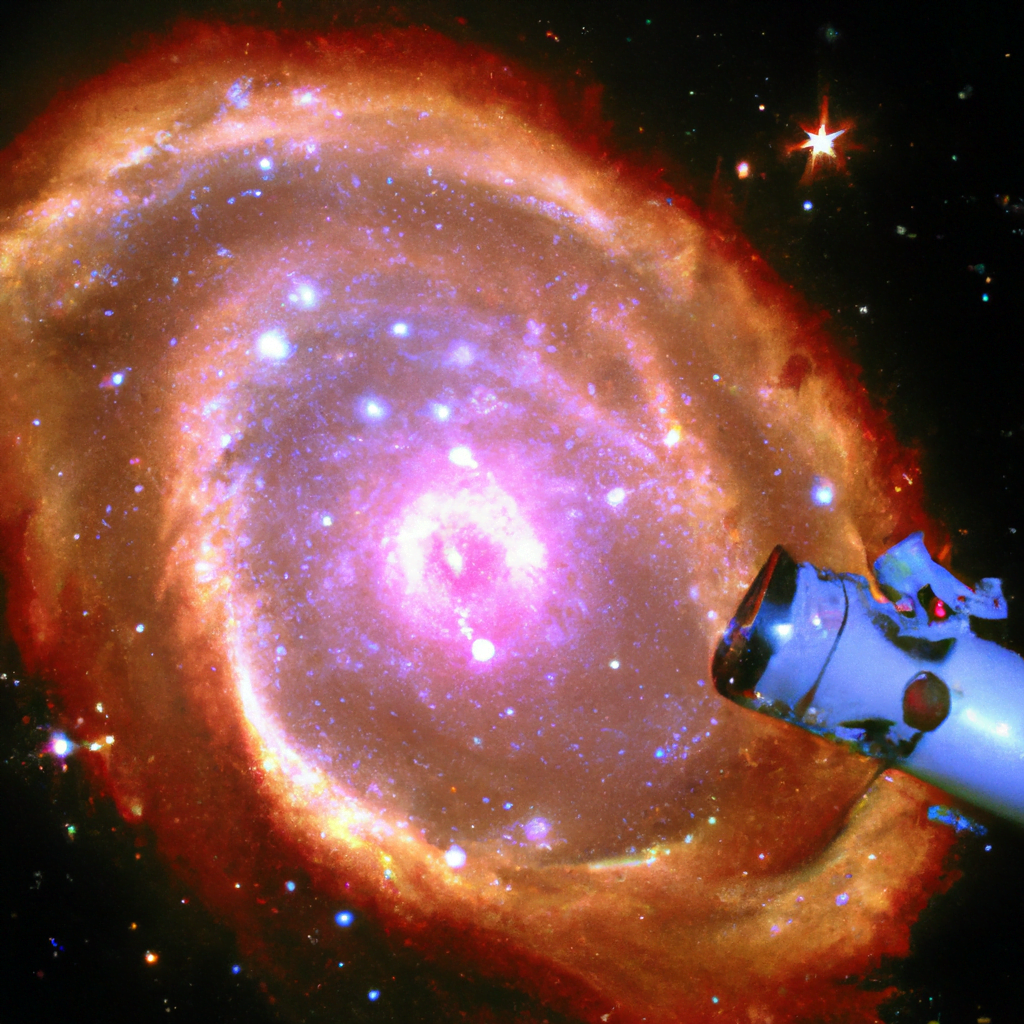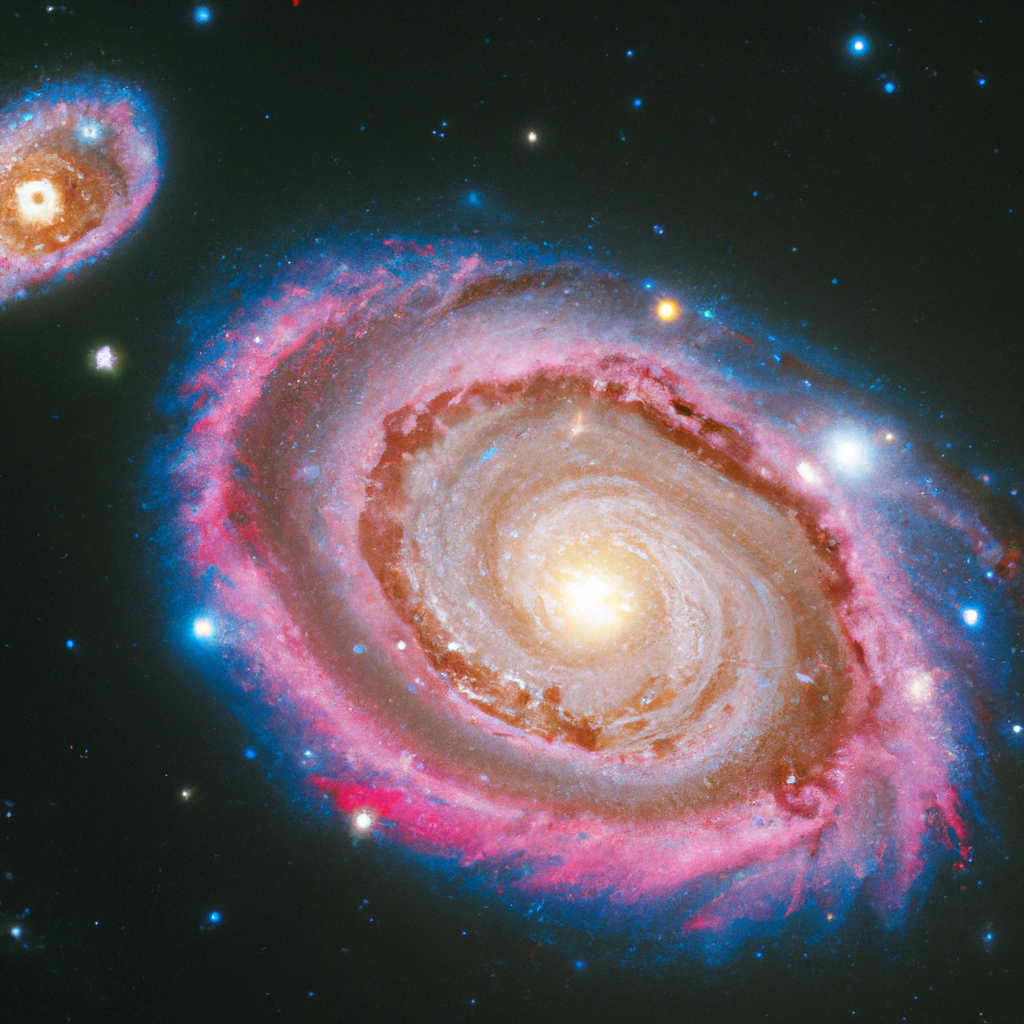If you’ve ever found yourself gazing up at the night sky, wondering what mysteries lie beyond the twinkling stars, you may have contemplated whether or not your trusty telescope can unveil the secrets of the universe. The answer, my friend, lies in the realm of deep sky objects – the mesmerizing nebulae and galaxies that grace our cosmic canvas. But can your telescope truly unveil the splendor of these celestial wonders? Let’s embark on a journey through the cosmos together and discover if your telescope has what it takes to reveal the mysteries of the deep sky.

Table of Contents
Overview
Welcome to the fascinating world of deep sky objects! In this comprehensive article, we will explore everything you need to know about observing these celestial wonders. We will discuss what deep sky objects are, the different types you can encounter, and how to choose the right telescope for a fulfilling observation experience. Additionally, we will delve into the importance of finding dark sky locations, mastering observing techniques, identifying and locating deep sky objects, as well as supplementing your observations with the captivating realm of astrophotography. Finally, we will touch upon the challenges and limitations you may encounter during your deep sky exploration. So get ready to embark on an exciting journey through the cosmos!
Understanding Deep Sky Objects
What are deep sky objects?
Deep sky objects, simply put, are celestial bodies located beyond our solar system. Unlike objects within our solar system such as planets or moons, deep sky objects dwell in the vast expanse of space. They comprise nebulae, galaxies, star clusters, and other astronomical phenomena. Due to their distance, deep sky objects often appear as faint smudges of light and can be challenging to observe without the appropriate equipment and techniques.
Types of deep sky objects
Within the realm of deep sky objects, you will encounter a rich variety of astronomical wonders. Nebulae are interstellar clouds of gas and dust, often showcasing stunning colors and intricate shapes. Galaxies, on the other hand, are immense systems of stars, gas, and dust, each with its own unique characteristics and classification. Star clusters, classified as open or globular, are groups of stars that formed from the same molecular cloud. Additionally, there are other objects such as supernova remnants, planetary nebulae, and more, each offering a unique opportunity for exploration.
Choosing the Right Telescope
Considerations for observing deep sky objects
Selecting the right telescope for observing deep sky objects is crucial to maximize your observing experience. Consider factors such as aperture, focal length, and portability. Aperture represents the diameter of the telescope’s primary lens or mirror, affecting the amount of light gathered and thus the image’s brightness and detail. Focal length determines the telescope’s magnification power and field of view. However, it’s essential to strike a balance between magnification and a wide field of view to effectively observe deep sky objects. Lastly, consider the portability of your telescope, as you may want to venture to different locations with dark skies for optimal observation conditions.
Types of telescopes for deep sky observations
There are three primary types of telescopes commonly used for deep sky observations: refractor, reflector, and compound telescopes. Refractor telescopes use lenses to gather light and provide crisp images, making them great for observing planets and bright deep sky objects. Reflectors, on the other hand, utilize mirrors and are excellent for capturing faint deep sky objects due to their larger apertures. Compound telescopes, such as Schmidt-Cassegrains, combine lenses and mirrors to provide a versatile observing experience, although they may have some limitations on image quality. Consider your preferences, budget, and intended use when deciding on the best telescope type for you.
Importance of Dark Skies
The effects of light pollution on deep sky observations
Light pollution poses a significant challenge for deep sky observers. Artificial lighting from cities, streetlights, and other sources can wash out the faint light emitted by deep sky objects, making them difficult or impossible to observe. Light pollution not only reduces visibility but also diminishes the contrast and colors of the objects. To truly appreciate the beauty of deep sky objects, it is crucial to find dark sky locations away from urban areas and embrace the natural darkness of the night sky.
Finding dark sky locations
Locating dark sky locations may require some effort, but the rewards are well worth it. Start by researching areas known for their dark skies, such as national parks or remote rural locations. Consult light pollution maps that provide information on the levels of light pollution in specific regions. Remember to aim for nights with minimal moonlight interference, as the bright glow of the Moon can also impact your observation capabilities. By venturing to areas with minimal light pollution, you can maximize your chances of observing deep sky objects in all their glory.

Observing Techniques for Deep Sky Objects
Importance of patience and adaptation to darkness
Observing deep sky objects requires patience and a willingness to adapt to darkness. Allow your eyes to adjust to the low light conditions by avoiding bright lights or electronic screens before and during your observation session. It may take around 20-30 minutes for your eyes to reach their maximum sensitivity, enabling you to perceive the faint details of deep sky objects. Patience is key, as the longer you spend observing, the more details and features you will be able to discern.
Using averted vision technique
A powerful technique for observing faint deep sky objects is called averted vision. Rather than fixating directly on an object, slightly shift your gaze to the side of it. This technique takes advantage of the higher concentration of light-sensitive cells, called rods, in the periphery of your retina. By utilizing averted vision, you can enhance your ability to detect faint details and increase the overall visibility of deep sky objects.
Understanding object visibility based on magnification
When observing deep sky objects, it’s essential to consider the impact of magnification on their visibility. While higher magnification can bring out more details, it can also decrease the brightness of the image and reduce the field of view. Certain objects, such as larger galaxies or wide nebulae, may benefit from lower magnification to capture their entirety. However, smaller and more compact objects, like planetary nebulae or globular clusters, may require higher magnification to reveal intricate details. Experiment with different magnifications to find the optimal balance for each deep sky object you encounter.
Identifying and Locating Deep Sky Objects
Using star charts and apps
Navigating the night sky and identifying deep sky objects can be aided by the use of star charts and astronomy apps. Star charts, both print and digital, provide a visual representation of the stars and constellations, making it easier to locate deep sky objects relative to familiar star patterns. Mobile apps offer real-time information, allowing you to track objects based on your location, time, and date. These powerful tools can assist you in pinpointing deep sky objects and ensuring a rewarding observing session.
Understanding celestial coordinates
To precisely locate deep sky objects, understanding celestial coordinates is essential. Celestial coordinates are similar to longitude and latitude on Earth, but they describe positions in the sky. The two primary celestial coordinate systems are right ascension (RA) and declination (Dec). RA measures eastward from the vernal equinox, while Dec measures how far an object is above or below the celestial equator. With these coordinates, you can input the location of a specific deep sky object into your telescope’s GoTo system or an astronomy app, helping you accurately find your desired target.
Identifying prominent deep sky objects
As you embark on your deep sky exploration, you will encounter numerous prominent objects worthy of observation. Some noteworthy nebulae include the Orion Nebula, featuring a magnificent stellar nursery, and the Eagle Nebula, renowned for its iconic “Pillars of Creation.” Among the prominent galaxies, the Andromeda Galaxy stands out as the closest spiral galaxy to our own Milky Way, while the Whirlpool Galaxy showcases a beautiful spiral structure. Keep an eye out for star clusters like the Pleiades or globular clusters like Messier 13 in Hercules. These objects will captivate you with their awe-inspiring beauty.

Observing Nebulae
Understanding nebulae and their characteristics
Nebulae, often referred to as “stellar nurseries,” are vast clouds of gas and dust in space. They come in different forms, including emission, reflection, and dark nebulae. Emission nebulae, such as the famous Orion Nebula, emit light due to the presence of ionized gases. Reflection nebulae, like the Blue Horsehead Nebula, shine by reflecting nearby stars’ light. Dark nebulae, such as the famous Horsehead Nebula, appear as dark patches against the background stars, obscuring the light behind them. Each type of nebula offers its own unique beauty and presents an exciting opportunity for observation.
Prominent nebulae to observe
Apart from the previously mentioned Orion Nebula and Horsehead Nebula, several other prominent nebulae are worth exploring. The Lagoon Nebula, with its vivid colors and expansive structure, captivates observers with its beauty. The Ring Nebula, located in the constellation Lyra, offers a glimpse into the remnants of a dying star. The Rosette Nebula, named after its rose-like appearance, showcases intricate details and star-forming regions. Explore these and more to witness the breathtaking diversity and complexity of nebulae found in our universe.
Observing Galaxies
Understanding galaxies and their classifications
Galaxies, the building blocks of the universe, are massive collections of stars, gas, and dust held together by gravity. They come in various shapes and sizes, with the three main classifications being spiral, elliptical, and irregular. Spiral galaxies, such as the Andromeda Galaxy, display striking arms that spiral outward from a central bulge. Elliptical galaxies are generally smooth and oval-shaped, lacking spiral arms. Irregular galaxies, as the name suggests, have irregular and asymmetric shapes. Understanding these classifications will deepen your appreciation for the incredible variety of galaxies across the cosmos.
Prominent galaxies to observe
When it comes to observing galaxies, the Andromeda Galaxy is a must-see. It is the closest spiral galaxy to our Milky Way and offers a magnificent spiral structure visible even with the naked eye. The Whirlpool Galaxy, located in the constellation Canes Venatici, showcases a beautiful interaction between two galaxies, displaying a distinct bridge of matter connecting them. Other notable galaxies include the Triangulum Galaxy and the Sombrero Galaxy, both fulfilling targets for deep sky observers. With each observation, you will witness the vastness and grandeur of these cosmic systems.

Supplementing Observations with Astrophotography
Experimenting with long-exposure photography
Astrophotography allows you to capture the beauty of deep sky objects in stunning detail. To delve into this realm, experiment with long-exposure photography techniques. By using longer exposure times, typically ranging from a few seconds to several minutes, you can accumulate more light and reveal faint details that the human eye may not perceive. Mount your camera on a sturdy tripod or an equatorial mount to minimize vibrations during the long exposures. Through astrophotography, you can bring the captivating world of deep sky objects to life and share your observations with others.
Tips for capturing deep sky objects
To achieve successful astrophotography of deep sky objects, consider a few essential tips. First and foremost, find a dark sky location away from light pollution to ensure optimal image quality. Experiment with different camera settings, including ISO, aperture, and exposure time, to capture the best possible image. Using a remote shutter release or a timer function can minimize camera movement and blur. Patience and practice are key in astrophotography, so keep experimenting and refining your technique to capture breathtaking images of deep sky objects.
Challenges and Limitations
Weather conditions and atmospheric interference
One of the significant challenges of observing deep sky objects is dealing with the unpredictability of weather conditions and atmospheric interference. Cloudy skies, high humidity, and atmospheric turbulence can hinder your observation plans. Keep an eye on weather forecasts and choose clear nights for your deep sky adventures. Additionally, factors such as light pollution, air pollution, and even the altitude of your observing location can affect the quality of your observations. Despite these challenges, persevere and take advantage of the nights with ideal conditions to explore the cosmos.
Size and brightness limitations
The size and brightness of deep sky objects can pose limitations on their observability. Some objects are inherently faint and require larger apertures and darker skies to be discernible. Others, like massive galaxies or star clusters, may extend beyond the field of view of certain telescopes or eyepieces. Pay attention to the specifications of your equipment and choose deep sky objects that suit your telescope’s capabilities. Remember that even though you may not observe every object in its entirety, each observation contributes to your appreciation and understanding of the expansive universe.
In conclusion, venturing into the realm of deep sky objects opens up a captivating world of celestial wonders. Armed with the knowledge of what deep sky objects are and the various types you may encounter, you can choose the right telescope to embark on your observing journey. Embracing dark skies and employing effective observing techniques will enhance your chances of capturing the awe-inspiring beauty of nebulae and galaxies. Supplementing your observations with astrophotography further allows you to share the wonder of deep sky objects with others. While challenges and limitations may arise, perseverance and curiosity will reward you with an expanding understanding of the universe’s vastness. So get ready to gaze towards the stars and explore the mesmerizing world of deep sky objects!

